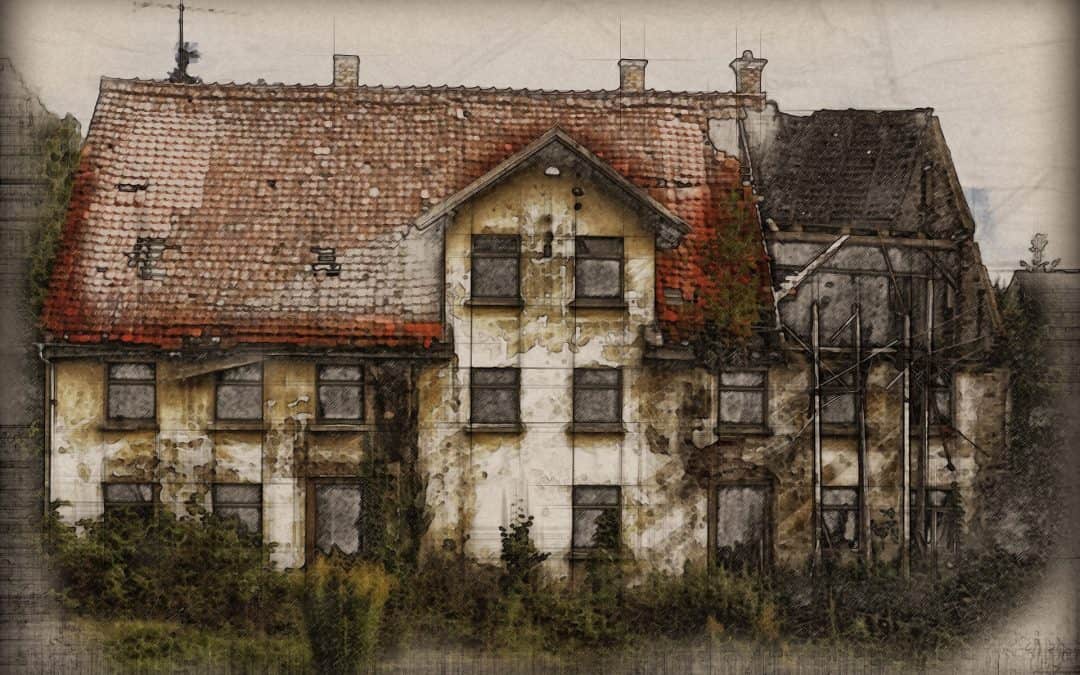In this article we summarize the criteria that determine in which cases the seller is liable for a defect of the property after purchasing.
„Caveat emptor” – that is „beware Vendor!”- they used to say in the Roman Empire, and such is a basic principle in the continental jurisdiction even as of today. In the Hungarian jurisdiction, quality problems emerging after the property purchase are handled so that for all defects which were detectable at the time of purchase, or could have been detectable upon thorough inspection, for such defaults the former owner of the property cannot be made responsible. Such risk is to be borne by the vendor. It is however another question, what defaults were truly detectable upon the purchase. Such shall be duly documented in the sale and purchase agreement, for the sake of both parties.
Such default which were not known to and not even detectable for the vendor, are defined as latent defects by the law. If a latent defect did persist at the time of the purchase, the seller could be responsible for them. This means in practice that the seller shall be responsible for the restoration of the defaulted part or for the exchanging of such part to a new one, so such are options the seller can be requested to do. Should these options not work, the seller shall lower the purchase price instead – which means in practice that they shall pay back the proportionate part of the purchase price.
The crucial question here of course is, whether the latent defect persisted at the time of the purchase or it emerged thereupon. In most cases, this question may only be answered by an expert, thus, in a legal dispute, an expert opinion might be necessary. If the defect emerged upon occupation of the property, obviously this excludes the liability of the seller, however, even in this case the exact reason of the defect shall be investigated – as the defect may be a consequence of an earlier defect for which the seller shall be liable.
There are defaults which shall be deemed as defects going naturally along with the normal wear and tear of the property, for instance, the defect of the water pipe system after the handover of the property would probably not be deemed as latent defect in a lawsuit, it is much more likely that the the court would leave that as the risk of the vendor. Such situation could however be influenced by other factors as well. For instance, if the seller expressly stated that the water pipe system had just been recently renovated whereas after moving into the new property there is a pipe break and it turns out that the pipes are old, and the breakage occurred due to their age then the seller can be made responsible with the instruments of the law.
Based on all of the above, shall we stand on either sides, that of the seller or that of the vendor, several circumstances are to be inspected upon purchasing a property, the proper legal documenting of which could save us a lot of time, money and energy.
